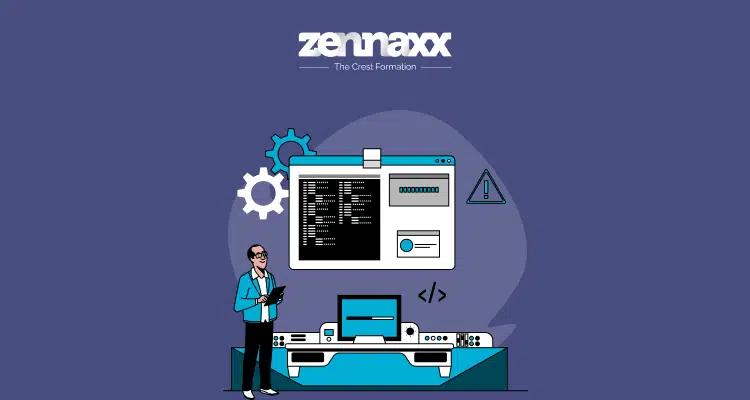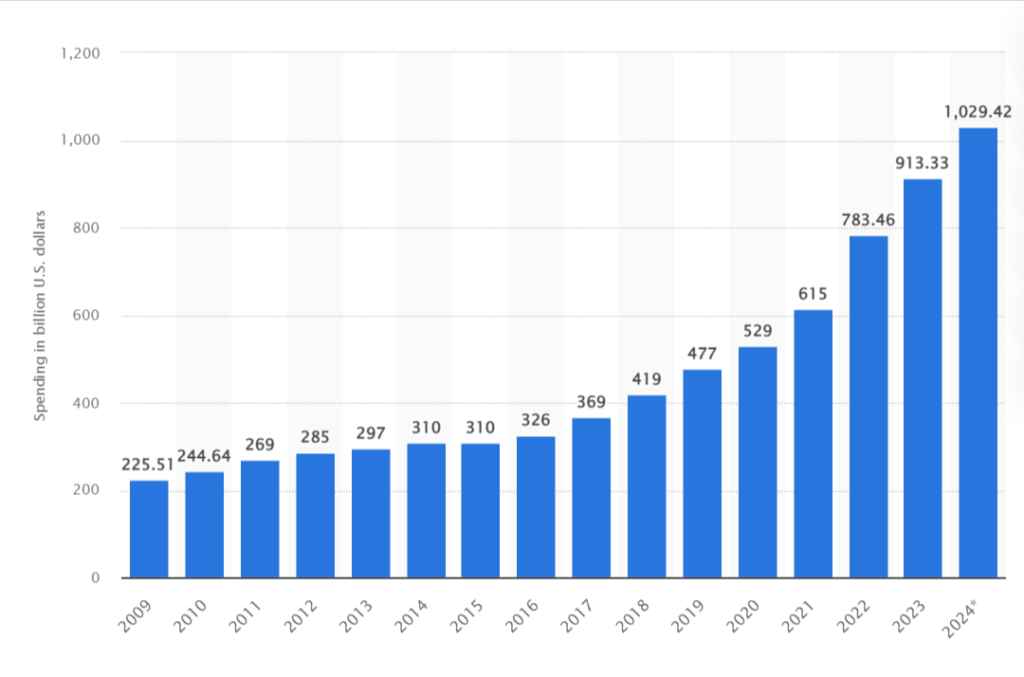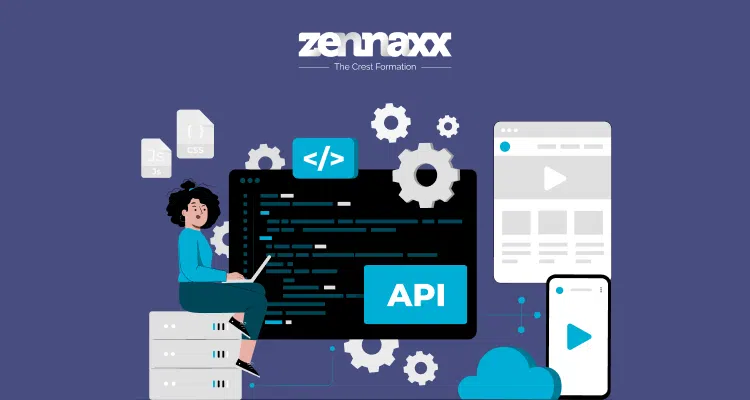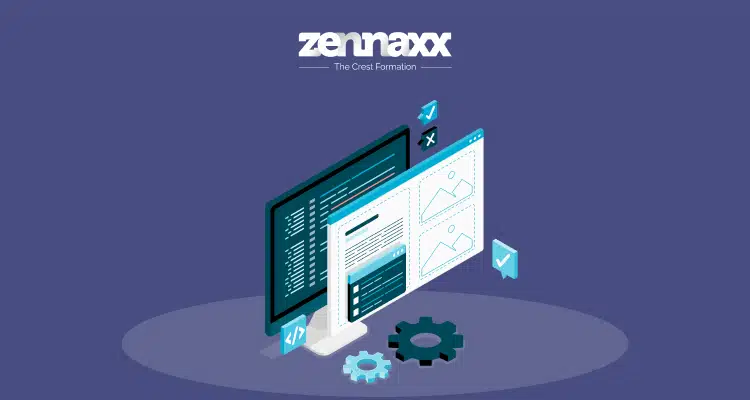Did you ever think of running a car without measuring its mileage? Similarly, if you are running a software development project, measuring KPIs becomes important to understand how far you can go and achieve business goals.
This involves metrics not just for software development outcomes but also related to bugs, capacity and deployments.
Skipping your software development KPI metrics is like shooting in the dark, because you never know which issue causes a breakdown or disruption to operations.
So, the best practice for every software development team is to track performance, capacity and quality KPIs for optimal delivery.
However, most organizations go through the hassle of finding the best software development metrics to track for their projects.
This article will help you with top software development KPis that you can track along with the ones you need to avoid.

1. Cycle time
Cycle time is a KPI that helps measure the productivity of the team and analyze the efficiency of the development process.
It is a popular KPI among DevOps teams also known as the DevOps Research and Assessment team (DORA) metric.
It helps DevOps teams determine whether they are “low performers” or “elite performers.”
This KPI measures the time a developer team spends completing specific coding tasks.
Development teams use this metric to measure team productivity and analyze process efficiency. Cycle time allows teams to ship more code in less time.
It provides you an insight into how much time is needed to complete specific development tasks and also predicts the cycle time for similar projects to spot disruptions and reduce inconsistencies.
You can calculate cycle time by using the following formula:
Cycle time = Net Productive Time on Tasks/ Tasks Completed.
2. Code coverage
Code coverage is a KPI measured in percentage and is one of the key metrics for DevOps teams. The code coverage percentage allows teams to identify flaws in executing code lines.
It also helps detect if any of the code needs compilation or optimization. Code coverage is a white-box testing approach that helps teams verify the extent to which code is successfully executed.
It is performed on the unit testing level and ensures optimal quality code before you push it into production.
3. Code rework
Code Rework allows you to measure the work needed to revise or correct code errors. It helps you understand code inefficiency and the coding process.
Measuring the code rework KPIs helps software development teams reduce the efforts required to remove errors. It also helps understand the impact of coding errors and inefficient processes on the project timelines.
If your code rework level is high, there can be project delays, increased costs, and reduced productivity.
4. Change failure rate (CFR)
Change failure rates help measure the percentage of software changes that can create errors or disruptions.
They are laser-focused on the changes that can cause failures, not the entire system. This allows developers to ensure software changes do not contribute to operational disruptions.
You can calculate CSFR by using the following formula,
CFR = (Number of Failed Changes / Total Number of Changes) x 100
If your CSR is in the range of 0-15%, it indicates a stable system with lower disruptions due to changes and reliable IT environments.
This enables organizations to prevent change failures, and reduce the risk of downtime, lost productivity, and damage to reputation.
If the Case Fatality Rate (CFR) is above 15%, it indicates that there may be problems with the testing process, the quality of code, or the procedures followed for change management.
By monitoring and improving CFR, organizations can ensure that changes are implemented with minimal disruption, leading to greater system stability and user satisfaction.
5. Defect detection ratio (DDR)
Defect Detection Ratio (DDR) is a software development metric that measures the effectiveness of automated testing in finding defects compared to the total number of defects detected.
The defect detection ratio is a KPI that allows developers to measure how accurate automated tests are in finding defects compared to conventional approaches.
It focuses on detecting defects through test automation and not for the entire testing process.
Higher DDR indicates that test automation has issues and is missing out on the detection of critical defects. If so, you will observe high costs and project delays.
On the other hand, lower DDR means faster feedback integrations, lower costs, and better software quality.
Analyzing DDR in with other metrics, such as defect leakage and test automation percentage, provides a comprehensive report of how the testing process performs.
The formula for calculating DDR is:
DDR = (Number of defects detected by automated tests / Total number of defects detected) x 100
6. Bug rate
Bug rates help software development teams measure the quality of code. It is a software development KPI that allows developers to calculate the total number of bugs present in an application per unit of time.
A lower bug rate means you have better software quality, while lower-quality software will have higher bug rates.
Development teams need to monitor bug rates to identify patterns of low quality code and improve processes.
What makes bug rate a significant outsourced software development KPIs to follow is the ease of evaluation.
Yes if you are outsourcing your software development, evaluating the quality delivered becomes crucial to ensure control on the project outcome.
BUg rates help you identify issues with the outsourced software development process and evaluate delivered code.
Want to supercharge your software development process?
Contact us today to schedule a demo and consult with our experts on how our software development solutions can optimize your product performance.
7. Mean time to recovery (MTTR)
Mean Time to Recovery is one of the significant software development KPIs that you need to measure to ensure high availability.
It allows software developers to track the average time needed to restore a system or service to operational capacity after an incident occurs.
The MTTR calculation shows how resilient and reliable a system is. A lower MTTR usually implies a robust and reliable system.
This software development KPI metric shows the team’s ability to detect and repair issues quickly. Low MTTR is essential for minimizing the business impact of downtime.
You can calculate MTTR using the following formula,
MTTR = Total time needed for repairs/ total number of failures For example, if you spend around 22 hours on two failures, the MTTR will be 11 hours.
8. Velocity
Velocity is a major software development KPI that allows developers to estimate how fast a product can be built.
You can measure development velocity by calculating crucial tasks completed over a specific period, often called sprints.
However, focusing solely on development velocity and optimizing it for a better time to market can impact your project.
The best way to ensure optimal software delivery is to balance speed and quality. So, you need to monitor software development KPI metrics like bug rates along with velocity for optimal outcome.
9. Cumulative flow
A cumulative flow diagram is a great way to graphically represent software development leveraging the Kanban system.
It is one of the outsourced software development KPIs that offer insights into workflow and team’s performance. CFD is basically a graph with x-axis representing time interval and y-axis representing total number of task cards.
The graph is divided into different colored bands, each representing the specific state of the Kanban board. The topmost band offers insights into things your team needs to do, and the bottom band represents items that have been done.
Analyzing the band width teams can identify issues in the workflow and address them to improve productivity. In other words you need to aim for a parallel curve for each of the bands to optimize processes.
10. Deployment frequency
Deployment frequency helps you determine how frequently code changes are deployed. It is a software development metric that allows teams to quantify the rate at which applications are released to production environments.
Deployment frequency is an outsourced software development KPI metric that helps determine if your outsourcing partner delivers optimal results.
If the frequency of deployments is lower, you can identify key areas of improvement, communicate with the outsourcing partner, or find a new vendor based on business needs.
11. Queue time
Queue time measures backlog while active work begins on such tasks. This software development KPI metric allows developers to understand how many tasks are still in the queue and why there is a delay in execution.
Queue time also helps the development and operations teams improve transitions across environments like production, testing, and others.
Monitoring queue times can help reduce process bottlenecks, allowing you to streamline workflows. The most significant impact of queue time is reducing production delays.
Shorter queue time means teams efficiently manage all the tasks, ensuring timely deployments. Higher queue time means there are prioritization issues and issues with processes, which are delaying crucial tasks.
12. Scope completion rate
While queue time offers insights into how many tasks are still pending, the scope completion rate allows you to measure how many planned tasks were completed in a sprint.
Especially if you are using agile methodology, scope completion rate becomes a crucial software development metric to track.
At the end of each sprint, you need to evaluate how many tasks planned before the sprint begins are completed at the end.
Scope completion rate allows you to understand the total number of planned tasks executed during the sprint and the key bottlenecks your team needs to overcome.
Higher scope completion rates mean you have an efficient team that completes planned tasks for each sprint within time. However, if your rate is lower, you need to improve efficiency and build cross-functional teams to deliver timely tasks.
You must also be mindful of issues like unrealistic scheduling, scope creep, and execution roadblocks.
13. Scope added
Scope added is a crucial software development KPI metric in agile development.
It measures added work or features that an application may require after the initial planning. Monitoring it is essential for adaptability, capacity planning, and delivery impact.
Especially if you are going to add more resources due to changes in the features which were planned initially it can affect the software delivery.
So, you need to monitor this metric to ensure that your processes can accommodate sudden changes in the development plan.
14. Pull Request [PR] Size
The size of the pull requests is a metric that you can measure to check whether the code review process and development cycles are efficient.
This fosters a culture of quality and efficiency in the development process, resulting in efficient development cycles and maintainable codebases.
Smaller pull requests are easier to review, leading to better code quality. These pull requests are easy to integrate and have lower risks compared to a high number of requests.
Encouraging smaller PRs also helps improve collaborations between development and production teams leading to enhanced DevOps culture within the organization.
Common software KPIs to avoid
If you are looking to improve your software development efficiency and reduce costs, there are some KPIs you can avoid measuring.
Every year companies spend heavily on their software development projects. According to Statista, IT spending on enterprise software development is expected to reach $1029.42 billion by the end of 2024.

Reducing these costs and improving efficiency needs due diligence prioritizing what software development KPI metrics to track.
Here are some that you need to avoid for improved efficiency.
1. Code Simplicity
Code simplicity is an understanding of the code. Basically, it is how developers perceive code as easy to maintain or modify. While simple code is easy to maintain, some intricacies make it redundant as a software development metric.
For example, code simplicity is based on the developer’s perception, which can differ based on the developer’s experience and skill.
Another major issue with code simplicity is overachieving. Developers strive to simplify code without solving key issues impacting software performance and security.
2. Code stability
Many people mistakenly believe that code stability means not making any changes. This myth goes against the principles of agile practices that prioritize continuous improvement.
Fact of the matter is it limits the number of changes and bugs. Yes, code stability does not always support the rapid changes required for your system according to a dynamic market.
Placing too much emphasis on code stability can prevent helpful updates and improvements, hindering advancements for your system. So it is best to avoid these software development metrics.
3. Sprint burndown
Sprint burndown chart is often used in Scrum to monitor the remaining work in a sprint, but unlike other software development KPIs, it has limitations.
IT narrows to focus on short-term goals and can result in negative outcomes.
For example, if you focus too much on sprint burndown, you may pressurize your team to finish all tasks by the sprint’s end. Too much pressure can lead to faster development, but quality suffers. So, you should avoid this metric.
4. Release burndown
Release burndown chart keeps track of the remaining work for each sprint in a release cycle. While it provides a bigger picture than the Sprint Burndown, it can be misleading.
If the scope of your project changes frequently, it can’t accommodate all the changes or additions to the backlog over time.
Relying heavily on this metric can lead to wrong perceptions of progress and deadlines, forcing teams to rush or inflate estimates.
This distracts them from focusing on delivering actual value and effectively meeting customer needs.
Why should you track software KPIs?
Software development KPIs hold the key to the most important parameters for measuring the progress, quality, and value of a project.
They offer a quantifiable means to evaluate the effectiveness of the development process so that every code commit and sprint is in line with the overarching business goals.
KPIs reflect performance in achieving business goals and help teams adapt to them. It is always easy to see progress through these metrics after projects or sprints.
Based on the low-performing metrics, business processes or workflows may need to be adjusted to correct course and optimize the development lifecycle.
KPIs provide context for budgets, timelines, and development issues.
They help reflect the minimum amount of time and money needed to deliver high-quality software and the existence of possible bottlenecks or areas for improvement.
Team members and management are able to manage the time and budget for the projects efficiently.
They become very helpful tools for setting goals and planning tasks. Furthermore, they act to monitor overall performance.
By incorporating KPIs in software development, they can maximize efficiency, quality, and return on investment.
Want to Automate Your Business Process With a Software Solution?
Zennaxx, a leading software development firm in Canada, has delivered 700+ bespoke solutions spanning various industries.
What types of KPIs should you focus on?
Software development teams should monitor key performance indicators (KPIs) to assess and enhance performance. Monitoring KPIs helps identify areas for improvement and improve project success.
The primary KPI categories include:
- Efficiency KPIs gauge the speed and efficiency of the software development process.
- Quality KPIs aim to uphold high standards and pinpoint areas for enhancement in the software product.
- Performance KPIs concentrate on the software’s technical performance elements directly influencing the user experience.
- User Engagement KPIs help understand how users engage with the software and spot opportunities to enhance the user experience.
- Financial KPIs aid in comprehending the economic impact of the software development endeavors and ensuring alignment with business objectives.
FAQs about software development KPIs
- What is a software development KPI?
- A software development KPI is a metric used to evaluate the effectiveness and success of software development processes in reaching business objectives.
- What are the most important KPIs for software development?
- The most important KPIs for software development are Lead Time, Deployment Frequency, Change Failure Rate (CFR), and Mean Time to Recovery (MTTR).
- What software should I get for KPI tracking?
- For effective KPI tracking, use software solutions like Jira for task management, Datapad for data visualization, and Pluralsight for skill assessments and progress tracking.
Track your key software development metrics with Zennaxx
Tracking key performance indicators (KPIs) in software development is crucial as it provides hard data to share with teams and stakeholders.
These metrics allow you to evaluate the performance of your team, diagnose problems, refine processes, measure the developer experience, or acknowledge a job well done.
Optimizing software development needs effective tracking of KPIs to gain insights into processes, workflows and environment configurations that impact outcomes.
You can’t afford to just keep your project in auto pilot mode because one small error can break the entire process flow causing massive issues.
However, tracking software development KPIs extensively is also challenging and requires massive effort.
This is where Zennaxx can help you with software development KPI tracking solutions tailored to your business needs. Get your estimate now and track every KPI efficiently.








